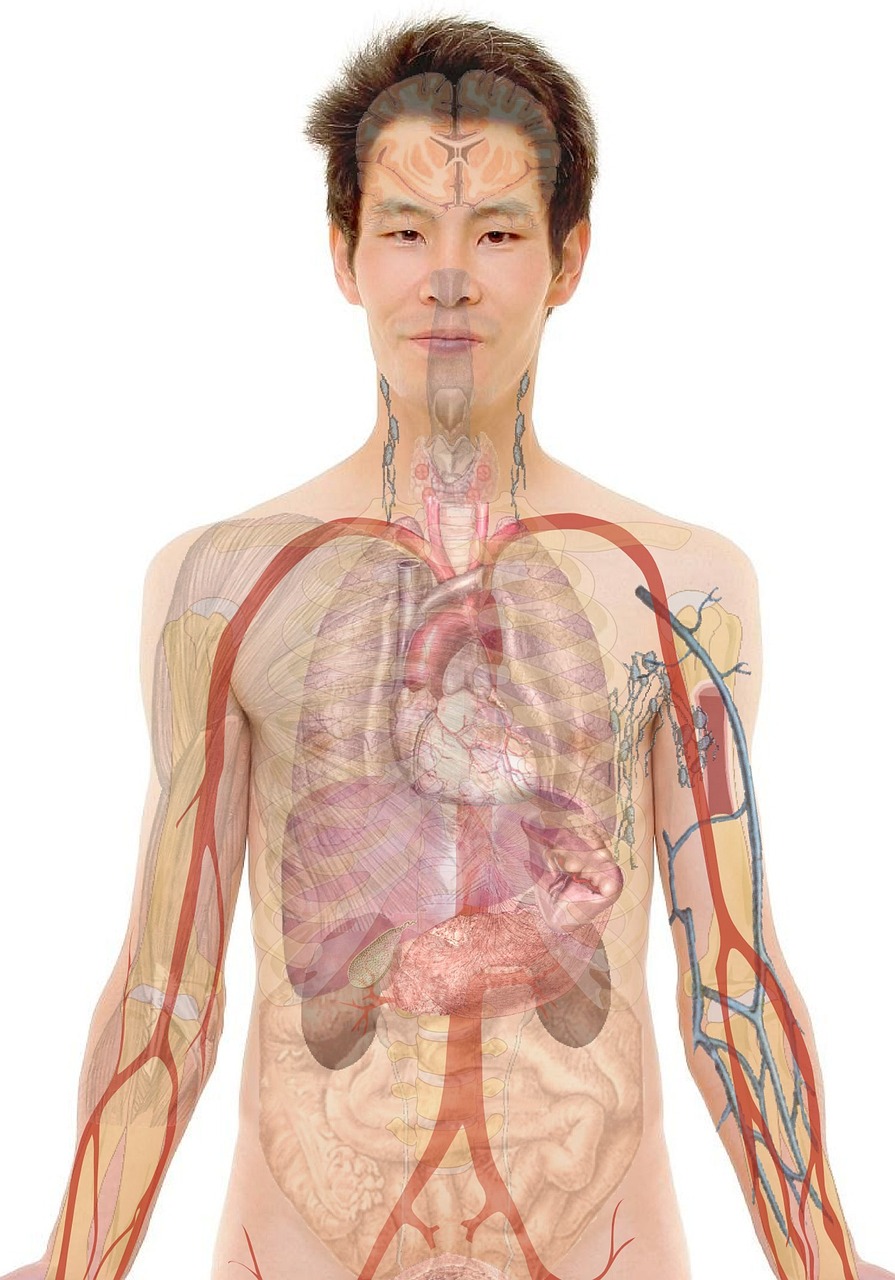
Overview
Anatomy offers an in-depth exploration of the human body’s structure and function, making it an essential course for students pursuing careers in healthcare, biology, or sports science. Students can expect to learn about the organization of the body, from cells and tissues to organ systems, and how these systems work together to maintain homeostasis. Topics include the skeletal, muscular, nervous, cardiovascular, respiratory, and digestive systems. The course consists of a lab component with hands-on virtual activities including dissections, working with anatomical models, and microscopic analysis of tissues. By the end of the class, students gain a comprehensive understanding of human anatomy and foundational knowledge for more advanced studies in health and medicine.
Course topics include:
- Anatomy covers the structure and function of the human body.
General Topics
- Introduction to Anatomy
- Anatomical terminology
- Levels of organization (cells, tissues, organs, organ systems)
- Body planes and directional terms
- Cells and Tissues
- Cellular structure and function
- Types of tissues (epithelial, connective, muscle, nervous)
- Homeostasis
- Mechanisms maintaining internal balance
- Feedback loops (positive and negative)
Body Systems
- Skeletal System
- Bone structure and function
- Types of bones and joints
- Bone growth, development, and repair
- Muscular System
- Muscle types (skeletal, cardiac, smooth)
- Muscle anatomy and physiology (contraction, movement)
- Nervous System
- Structure of neurons and synapses
- Central and peripheral nervous systems
- Reflexes and sensory pathways
- Endocrine System
- Hormone-producing glands
- Hormonal regulation of body functions
- Cardiovascular System
- Heart anatomy and physiology
- Blood vessels and circulation
- Blood composition
- Respiratory System
- Anatomy of the respiratory tract
- Mechanics of breathing and gas exchange
- Digestive System
- Structure of the gastrointestinal tract
- Digestive processes and nutrient absorption
- Urinary System
- Kidneys, bladder, and urine formation
- Fluid and electrolyte balance
- Reproductive System
- Male and female reproductive anatomy
- Gametogenesis and hormonal regulation
- Immune and Lymphatic Systems
- Lymphatic organs and vessels
- Immunity and defense mechanisms
Lab Component
This course has a lab that includes virtual
- Dissections: Cadavers, animal models, or virtual dissections
- Microscopy: Examining tissues and cells
- Models and Specimens: Exploring anatomical structures
- Physiology Experiments: Measuring muscle contractions, heart rate, etc.
- Introduction to Anatomy
Anatomy and Physiology I with Lab
$200.00